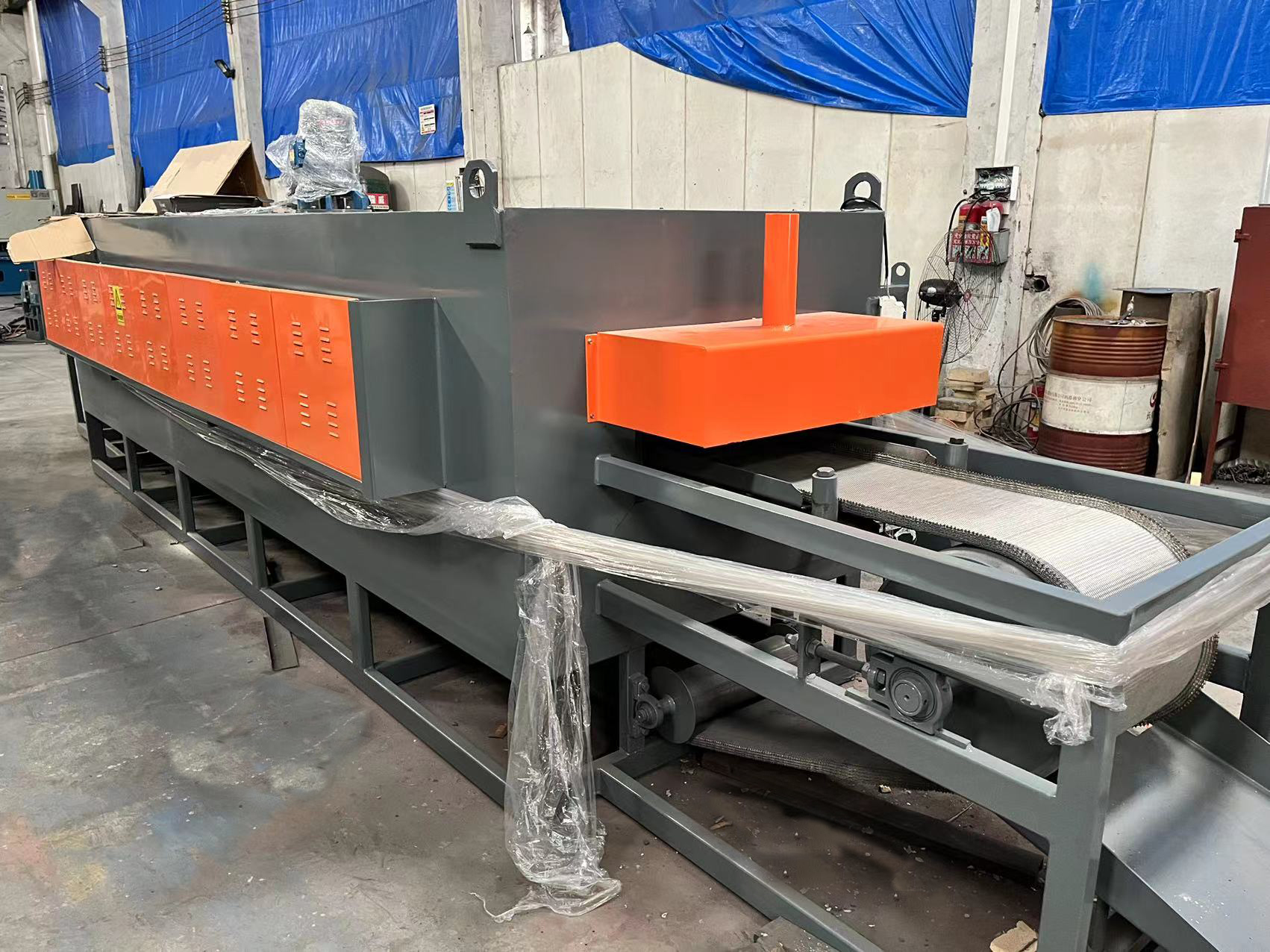Two Heat Treatment Issues That Seriously Mislead People
Nov. 17, 2023
1. Is tempering color related to temperature?
After tempering, the surface of the steel shows the color of an oxide film, which is called tempering color. In many cases, the tempering temperature needs to be determined based on the tempering color. The tempering color changes with temperature, so the tempering temperature can be roughly determined based on the tempering color. But the tempering color is also related to the tempering time, which is usually based on 5 minutes.
The tempering color of carbon steel at different temperatures is based on 5 minutes. The surface color is as follows:
Light yellow: 200℃;
Grass yellow: 220℃;
Brown: 240℃;
Purple: 260℃;
Blue-violet: 280℃;
Dark blue: 290℃;
Blue: 300℃;
Light blue: 320℃;
Blue gray: 350℃;
Gray: 400℃.
Tempering colors of stainless steel at different temperatures:
Light wheat yellow: 290℃;
Wheat yellow color: 340℃;
Light reddish brown: 390℃;
Light red color: 450℃;
Light blue: 530℃;
Dark blue: 600℃.
Tempering colors of low alloy steel at different temperatures:
Light wheat yellow: 225℃;
Wheat yellow color: 235℃;
Light reddish brown: 265℃;
Light red: 280℃;
Light blue: 290℃;
Dark blue: 315℃.
However, in many materials, the relationship between color and temperature is only mentioned, and the key premise of time is ignored. At the same temperature, as the holding time is extended, the final color will tend to be higher temperature color. This often results in misjudgment of the actual temperature.
2. The quenched workpiece has not been cooled to room temperature, so it cannot be tempered?
Some people think that after quenching, the tempering process cannot be entered before it has cooled to room temperature. In fact, for many steel types, especially low and medium carbon steels, the end point of martensite transformation is mostly higher than room temperature. When cooled to room temperature, it is easy to crack. After quenching, it can be transferred to the tempering process as soon as possible.










